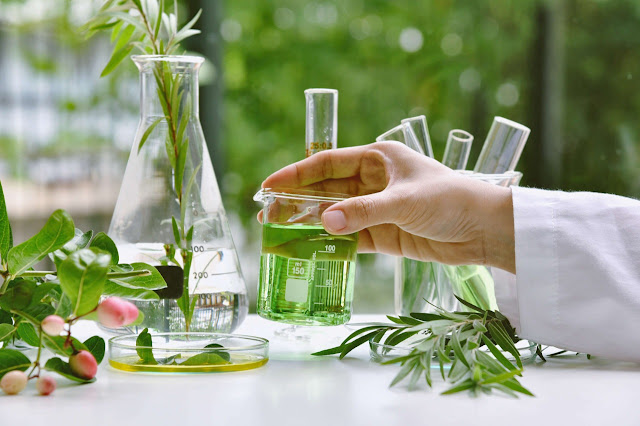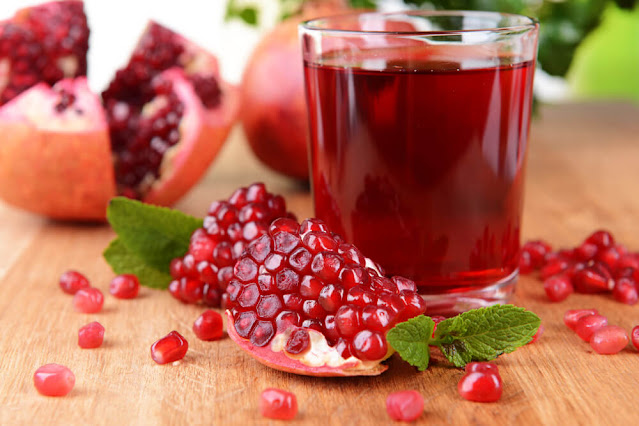Traditional and Modern Black Pepper Drying Methods
Black pepper, often referred to as the "King of Spices," holds a prominent place in kitchens worldwide. Its pungent flavor enhances a variety of dishes, while its medicinal properties have been valued for centuries in traditional medicine. From boosting digestion to possessing anti-inflammatory properties, black pepper is a staple in both culinary and health contexts.
Overview of Black Pepper Production
Black pepper (Piper nigrum) is a flowering vine cultivated for its fruit, known as peppercorns. These berries are harvested and dried to become the peppercorns we use in cooking. The drying process is crucial as it not only reduces the moisture content, preventing spoilage, but also enhances the flavor and aroma.
Significance of Drying in Black Pepper Processing
Drying is a vital step in black pepper production. It involves reducing the moisture content of fresh peppercorns from about 65-70% to below 12%. Proper drying ensures the longevity and quality of pepper, affecting its market value and usability.
Traditional Drying Methods
Sun Drying
Process Overview
Sun drying is one of the oldest and most common methods used for drying black pepper. Freshly harvested peppercorns are spread out in thin layers on mats or concrete floors, exposed directly to sunlight.
Advantages
- Cost-Effective: Requires minimal investment in infrastructure and energy.
- Natural Process: Utilizes natural sunlight, making it an eco-friendly option.
- Simplicity: Easy to implement without specialized skills or equipment.
Disadvantages
- Weather Dependent: Effectiveness relies heavily on weather conditions, making it unreliable during rainy or cloudy periods.
- Time-Consuming: Takes several days to achieve the desired moisture content.
- Contamination Risk: Higher risk of contamination from dust, animals, and other environmental factors.
Shade Drying
Process Overview
Shade drying involves spreading the peppercorns under a shaded area to dry. This method is slower than sun drying but can preserve the color and quality of the pepper better.
Advantages
- Better Quality: Preserves the essential oils and color of the pepper.
- Reduced Contamination: Less exposure to environmental contaminants.
Disadvantages
- Longer Drying Time: Takes more time compared to sun drying.
- Space-Intensive: Requires larger drying areas.
Combined Methods
Process Overview
Some producers use a combination of sun and shade drying. Initial drying is done in the sun to reduce moisture quickly, followed by shade drying to complete the process and preserve quality.
Advantages
- Balanced Quality and Efficiency: Combines the benefits of both methods, enhancing overall quality and efficiency.
- Flexibility: Allows adjustment based on weather conditions.
Disadvantages
- Complexity: Requires careful management to switch between methods effectively.
- Inconsistent Results: If not managed properly, can lead to uneven drying.
Modern Drying Methods
Mechanical Drying
Hot Air Drying
Process Overview
Hot air drying involves using a controlled heat source to dry peppercorns. The peppercorns are placed in drying chambers where hot air is circulated.
Equipment Used
- Drying Chambers: Enclosed spaces where hot air is circulated.
- Heaters: To generate the hot air.
- Fans: For even air distribution.
Advantages
- Speed: Significantly faster than traditional methods.
- Control: Allows precise control over temperature and humidity.
Disadvantages
- Cost: Higher initial and operational costs due to equipment and energy use.
- Quality Impact: Potential loss of some aromatic compounds due to high temperatures.
Fluidized Bed Drying
Process Overview
In fluidized bed drying, peppercorns are placed in a chamber where hot air is blown through a perforated bed, causing the peppercorns to float and dry evenly.
Equipment Used
- Fluidized Bed Dryers: Specially designed chambers for this drying method.
- Air Heaters: To provide the hot air.
- Blowers: To circulate the air through the bed.
Advantages
- Uniform Drying: Ensures even drying of all peppercorns.
- Efficiency: Faster drying process with high energy efficiency.
Disadvantages
- Complexity: Requires skilled operation and maintenance.
- Initial Cost: High setup cost for equipment.
Microwave Drying
Process Overview
Microwave drying uses electromagnetic radiation to generate heat within the peppercorns, drying them from the inside out.
Equipment Used
- Microwave Dryers: Specialized machines for this process.
- Power Generators: To supply the necessary energy.
Advantages
- Rapid Drying: Extremely fast drying times.
- Quality Retention: Better preservation of color and aroma.
Disadvantages
- High Cost: Expensive equipment and operational costs.
- Technical Expertise: Requires technical knowledge to operate efficiently.
Comparative Analysis
Efficiency
Mechanical drying methods, particularly microwave and fluidized bed drying, are significantly more efficient than traditional methods. They reduce drying time from days to hours.
Cost
Traditional methods are cost-effective in terms of initial investment but can be labor-intensive and time-consuming. Modern methods, although costly initially, offer long-term savings through increased efficiency and higher-quality products.
Quality of Product
Modern methods generally produce higher quality pepper with better retention of essential oils and color. However, sun drying is still preferred for its natural process and cost benefits in some regions.
Environmental Impact
Sun and shade drying have minimal environmental impact as they use natural sunlight. Mechanical methods, depending on their energy sources, can have a higher environmental footprint but are more controlled and less prone to contamination.
Case Studies
Traditional Methods in India
In India, traditional sun drying remains prevalent due to its cost-effectiveness and favorable climate conditions. Farmers spread peppercorns on bamboo mats or concrete floors for drying, taking advantage of the abundant sunlight.
Modern Methods in Vietnam
Vietnam, one of the largest producers of black pepper, has increasingly adopted modern drying techniques. The use of hot air and fluidized bed dryers has improved the efficiency and quality of the drying process, catering to high market demands.
Mixed Methods in Indonesia
Indonesian pepper producers often use a combination of sun and mechanical drying. Initial sun drying reduces moisture content significantly, followed by mechanical drying to ensure uniform and complete drying, enhancing the final product's quality.
Expert Insights
Perspectives from Agronomists
Agronomists highlight the importance of choosing the right drying method based on climatic conditions and economic factors. They emphasize that while modern methods offer efficiency, traditional methods still have their place in regions with limited resources.
Technological Innovations in Pepper Drying
Recent innovations include the development of hybrid drying systems that combine solar and mechanical drying, improving efficiency and reducing environmental impact. Additionally, advancements in sensor technology allow for more precise control of drying parameters, ensuring consistent product quality.
Future Prospects
Emerging Technologies
Future advancements may include more energy-efficient mechanical dryers and the integration of renewable energy sources like solar and wind power in drying processes. Research is ongoing into the use of artificial intelligence to optimize drying conditions in real-time.
Sustainability in Pepper Drying
Sustainable practices in pepper drying will focus on reducing energy consumption and minimizing environmental impact. Innovations such as solar-assisted drying and the use of bioenergy from agricultural waste are promising directions for the future.
Conclusion
Summary of Key Points
The drying of black pepper is a crucial process that significantly impacts the quality and market value of the final product. Traditional methods like sun and shade drying are cost-effective but weather-dependent and time-consuming. Modern methods, including hot air, fluidized bed, and microwave drying, offer greater efficiency and quality control but require higher initial investments.
Future Outlook
The future of black pepper drying lies in the integration of traditional and modern techniques, optimizing both cost and quality. Emerging technologies and sustainable practices will play a vital role in advancing the efficiency and environmental friendliness of the drying process.




Comments
Post a Comment